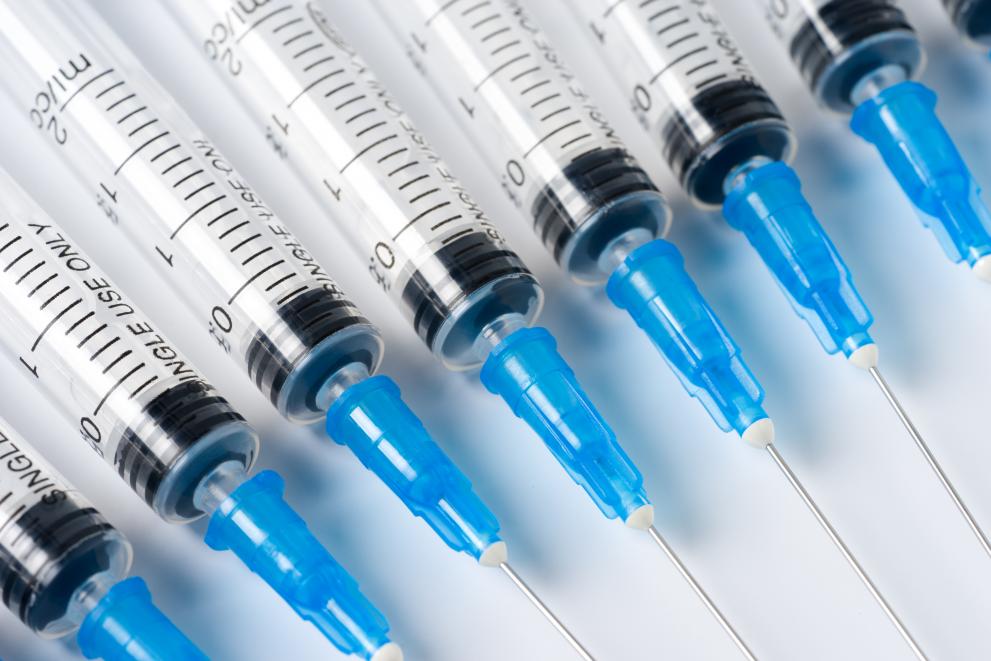
In close collaboration with researchers from Spain and Germany, JRC scientists investigated the effect of nanoparticle retention in plastic syringes. This retention can lead dosage uncertainties that may compromise the accuracy of in vivo (and in-vitro) studies in nano-biosciences.
Knowing the precise dose of applied nanoparticles is the first and most important parameter when evaluating the biological effects of nanoparticles in vivo for toxicological studies or in the development of nanomedicines. However, there may be unexpected pitfalls when administrating nanoparticle suspensions with disposable plastic syringes.
Using radiolabelled nanoparticles
JRC scientists and collaboration partners could show that the accuracy of dosing depends on the combination of the type of syringe and the nanoparticles suspension. The very simple experimental procedure determines the ratio of the radioactivity retained in the unloaded syringe and in the loaded syringe.
The study revealed that in serious cases highly variable fractions between 10% and up to nearly 80% of the nanoparticles may be retained in the empty syringes after unloading even when using the same type of syringe with the same nanoparticle suspension. This makes dosage uncertain and unpredictable.
As a mitigation strategy it is strongly recommended to check the amount and variability to which the nanoparticles are retained in different types of syringes and to pick the type which minimises retention and allows the most reproducible dosage. This is important likewise for in-vivo and in-vitro studies.
The same problem is known in nuclear medicine with certain 99mTc-labelled imaging agents, where it is recommended to include checks on the adequacy of the syringes in the quality assurance procedures.
However, such checks were never reported in the nano-biosciences literature.
Therefore it is highly recommended to experimentally determine the most suitable syringe type (material) before a series of experiments will be started and moreover to include such results in the reporting.
Read more in:
U. Holzwarth et al.: Unpredictable nanoparticle retention in commonly used plastic syringes introduces dosage uncertainties that may compromise the accuracy of nanomedicine and nanotoxicology studies. Frontiers in Pharmacology (2019)
DOI:10.3389/fphar.2019.01293
Related Content
Details
- Publication date
- 27 November 2019
